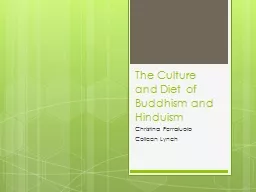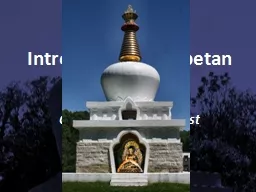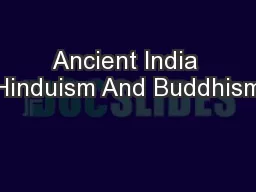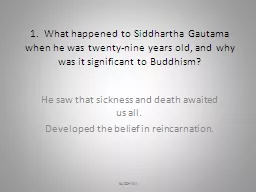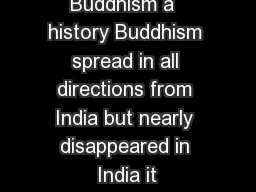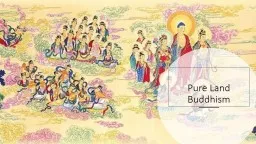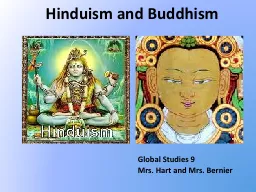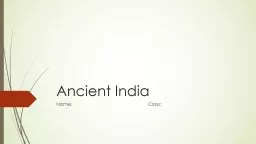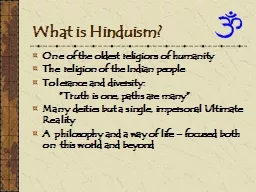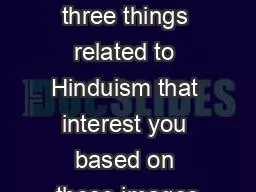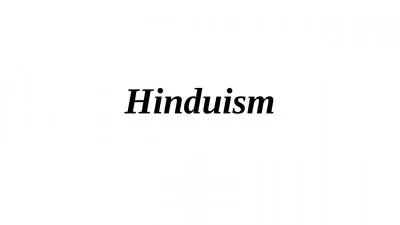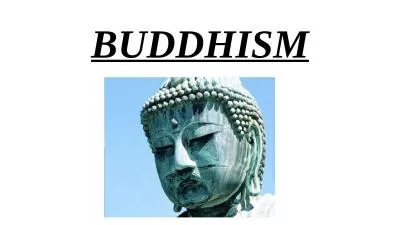PPT-The Culture and Diet of Buddhism and Hinduism
Author : luanne-stotts | Published Date : 2016-06-03
Christina Ferraiuolo Colleen Lynch Objectives Identify the history and dietary practices of Buddhism and their origin Identify the history and dietary practices
Presentation Embed Code
Download Presentation
Download Presentation The PPT/PDF document "The Culture and Diet of Buddhism and Hin..." is the property of its rightful owner. Permission is granted to download and print the materials on this website for personal, non-commercial use only, and to display it on your personal computer provided you do not modify the materials and that you retain all copyright notices contained in the materials. By downloading content from our website, you accept the terms of this agreement.
The Culture and Diet of Buddhism and Hinduism: Transcript
Christina Ferraiuolo Colleen Lynch Objectives Identify the history and dietary practices of Buddhism and their origin Identify the history and dietary practices of Hinduism and their origin Compare and contrast the Buddhist and Hindu cultures. What is it?. Monks?. Bald dudes?. Orange clothes and beads?. Temples. This crazy thing called ‘enlightenment’?. That guy with the big belly?. Origins. India: spreading through Asia: 6. th. - 8. th. One of the world’s most complex religions. Tibetan Buddhism. It borrows from many faiths.. It is practiced at many levels.. It evolves.. It has no definitive canon of scriptures. . It has many branches and spokespersons. . COPY & answer the following:. How would you define “reincarnation”? If you could be reincarnated, what would you come back as and why?. Answer in 3-5 COMPLETE SENTENCES. Religions of South Asia . By: Erik Galfayan, MIguel Ruiz, Cody Spiker, and Lindsay Ortiz. Brahmanism Origins. Brahmanism was named after its deep respect for Brahman. Brahmanism was very significant to Hinduism due to their alikeness . He saw that sickness and death awaited us all. . Developed the belief in reincarnation.. 1. BUDDHISM. 2. What . truth did Siddhartha Gautama learn from his meditation and ascetic practice?. Clear mindfulness is the key to spiritual understanding.. CE.. Amida. Jizo. Hotei. (avatar of . Miroku. ). China. Japan. Early Folk Traditions. Early Folk Traditions. Shinto. Classical Daoism. Daoism. Theravada Buddhism (from India). (and . m. aybe Mahayana). Pure Land Buddhism To begin, true or false….on Zen Buddhism 1) Zen Buddhism originates from ‘The Tree Sermon’ by the Buddha False – The Flower Sermon 2) Mahakashyapa was the name of the monk that understood this ‘wordless insight’ from this sermon Mrs. Hart and Mrs. Bernier. Founder and Region of Origin. Hinduism has no single founder. It developed and changed over 3500 years, growing out of the varied beliefs of the diverse peoples who settled in India.. Ancient India- Mr. Nicky's . Youtube. The Indus and Ganges River Valleys. Section 1: p.108-113. subcontinent-. monsoon-. citadel-. migrate-. caste-. India's Geographic Setting:. . What mountain ranges separate India from the rest of Asia? . The religion of the Indian people. Tolerance and diversity: . . ". Truth is one, paths are many". Many deities but a single, impersonal Ultimate Reality. A philosophy and a way of life – focused both on this world and beyond. Write two questions about these images. Based on your observations write one claim (thing you believe) about Hinduism. Origination & where Hinduism is currently practiced. Hinduism is the primary religion of people living in India and Nepal. Custom Keto Diet PDF, EBOOK by Rachel Roberts™ » 8 Week Fully Customized Keto Meal Plan For Your Weight Loss Goals And Food Preferences COMPLETE GUIDE Hinduism originated around the Indus Valley near the River Indus in modern day Pakistan.. About 80% of the Indian population regard themselves as Hindu.. Most Hindus believe in a Supreme God, whose qualities and forms are represented by the multitude of deities which emanate from him.. Buddhism is a spiritual tradition that focuses on personal spiritual development and the attainment of a deep insight into the true nature of life. There are 376 million followers worldwide.. Buddhists seek to reach a state of .
Download Document
Here is the link to download the presentation.
"The Culture and Diet of Buddhism and Hinduism"The content belongs to its owner. You may download and print it for personal use, without modification, and keep all copyright notices. By downloading, you agree to these terms.
Related Documents

